Patients
The Digestive System
| This is made up of the gastrointestinal tract, also called the alimentary canal. It consists of the oesophagus, stomach, the small intestine (duodenum, jejunum and ileum) and the colon (caecum, ascending, transverse, descending and sigmoid colon and the rectum). Food passes from the mouth through the gastrointestinal tract where is processed and absorption of nutrients takes place in the small intestine. The undigested food is processed in the colon to stool and passed out through the anus. |

|
HOW FOOD REACHES THE STOMACH
-
Food is chewed in the mouth and mixed with saliva to eventually form a bolus which is propelled to the back of the mouth by the tongue.

-
Initiation of the swallow takes place with the bolus pushed down into the oesophagus through the upper oesophageal sphincter.

- Coordinated oesophageal muscle contractions (peristalsis) moves the bolus from the upper oesophageal sphincter through the length of the oesophagus to the lower oesophageal sphincter (LES).
-
The LES relaxes to allow the bolus to enter the stomach where further digestion takes place.

- In the stomach the food mixes with stomach acid and other digestive enzymes.
- The LES prevents digested food, stomach acid and digestive enzymes from moving back up into the oesophagus.
GASTROESOPHAGEAL REFLUX DISEASE
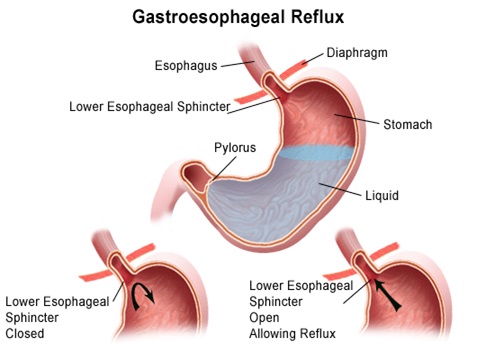
WHAT CAUSES GERD
A number of contributing factors have been identified and some people may have a combination of them.
|
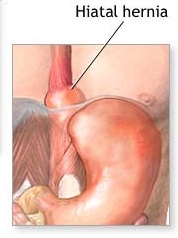
|
COMMON SYMPTOMS OF GERD
|
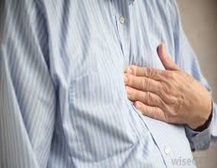 |
DIAGNOSIS OF GERD
If your primary care doctor feels that an investigation is needed, a gastroscopy is the investigation of choice for GERD. During this procedure, a thin, flexible tube with a small camera at the tip, linked to a light source is passed down from the mouth into the oesophagus and then into the stomach and duodenum (see picture below). It also allows for biopsy (minute samples) specimens to be taken from abnormal areas during the procedure. It helps to diagnose/exclude more serious conditions at the same time.
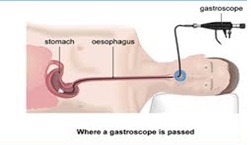
- When vomiting blood
- Weight loss
- Anaemia – suggesting you are losing blood slowly.
Oesophageal pH monitoring is performed in selected cases where symptoms are difficult to control or are persistent in spite of treatment. Your gastroenterologist will suggest this when necessary. The procedure involves the placement of a thin catheter in the oesophagus recording oesophageal acid exposure over a prolonged period.
TREATMENT
- In uncomplicated GERD, proton pump inhibitor (PPI) therapy is the treatment of choice. PPI therapy must be taken ±30minutes before breakfast. In rare cases, your gastroenterologist may advise twice daily dosing.
- This is usually done in conjunction with life-style modification. See below on ‘self-help’ section.
- Your gastroenterologist will also review your current medication and discontinue medication that may aggravate GERD.
- In very rare instances, surgery may be indicated. Discuss with your doctor the pros and cons of surgery.
SELF HELP GUIDE
Lifestyle changes are useful in GERD and include the following:- Avoid large fatty meals
- Decrease meal portions
-
Avoid food types that you directly associate with aggravation of your symptoms.
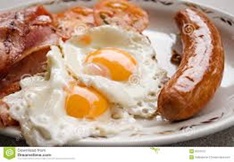
|
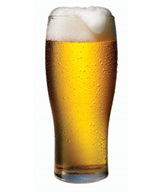 |